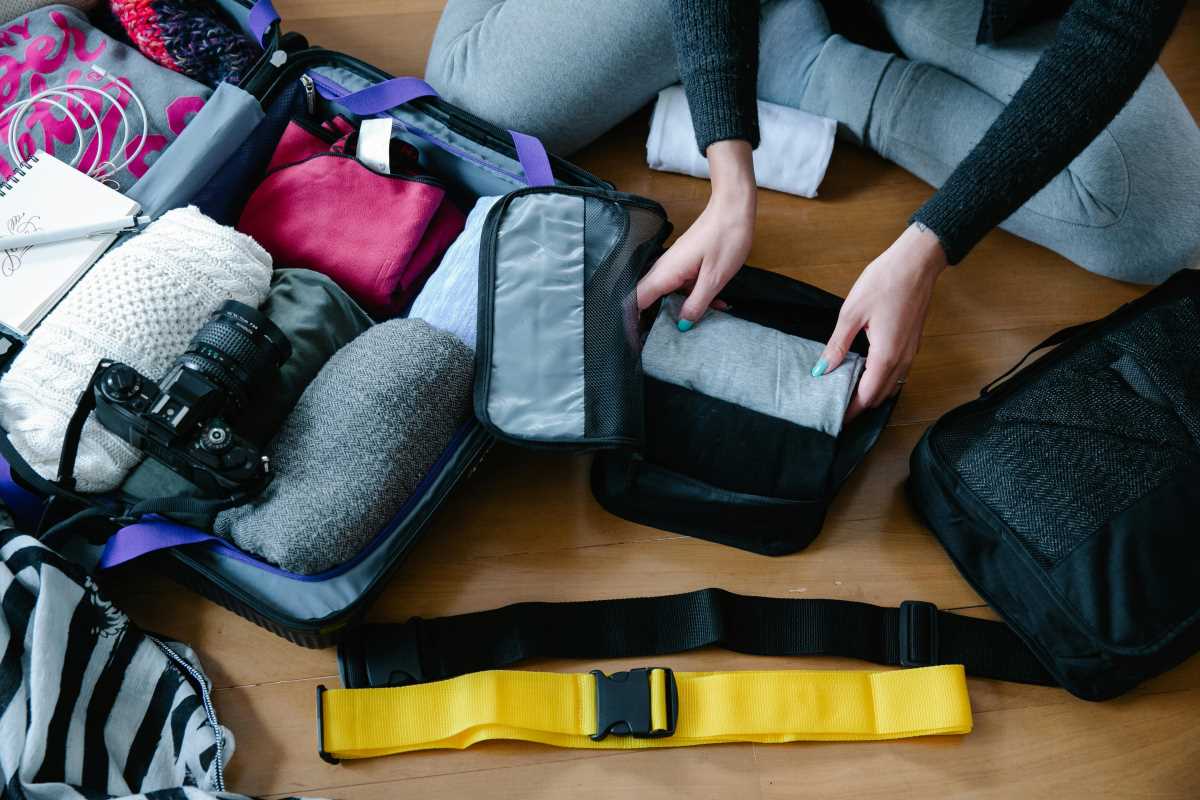Arriving in a foreign country brings a rush of excitement, yet forming sentences in the local language can feel daunting. Curiosity draws you toward a street vendor offering tempting pastries, and you take a deep breath before ordering in the language you’ve been practicing. Your attempt, accent and all, draws a warm smile from the vendor. Soon, a lively exchange unfolds as you learn about secret cafés and neighborhood favorites. Through this simple act of speaking up, your experience deepens, turning casual exploration into genuine connection with the people and places around you.
Discovering Common Language Moments
- Order at a market stall: Pay attention to each vendor’s phrasing when you ask about ingredients. Notice tone and rhythm, then imitate it in your next purchase to improve your ear for nuances.
- Read street signs aloud: Say each new word on banners or posters. This practice helps you develop muscle memory for pronunciation and understand unfamiliar letter combinations.
- Listen to passersby: Stay attentive when people chat near you. Pick up slang or expressions and try them out in your own messages with shopkeepers or new friends.
- Respond to surprise questions: When someone asks for directions or offers help, reply with a friendly phrase you’ve prepared. Use that confidence boost to start more in-depth conversations.
- Use public transport announcements: Notice repeated stops or warnings and say them out loud together. This prevents you from missing your station and sharpens your intonation on common phrases.
Creating Genuine Connections
Instead of sticking to memorized greetings, share small local stories. Mention a hidden bakery you found or ask about the best time locals visit a certain park. That curiosity encourages more honest answers than textbook questions.
Ask someone to teach you a short idiom over coffee or during a cooking class. Sharing a laugh when you butcher a proverb makes language learning feel like a shared joke, not a chore.
Practical Techniques for Practice
- Real-time vocabulary journal: Keep a small notebook or app section labeled by context, such as food, transit, or greetings. Each day, write down five new words you overhear. Then use these in sentences when talking to a stranger: first greet, then ask a question that includes one word, and finish with a quick thank you. This costs nothing but a pen or basic note app. Tip: Review your entries aloud each evening to improve recall and confidence.
- Shadow talking: Choose a short audio clip of native conversation—perhaps a snippet from a public announcement or a radio ad. Play it line by line, pause, and immediately repeat the phrase. Practice at least ten minutes daily. You only need a phone or simple recorder. Tip: Record yourself and compare waveforms visually if you use audio software; it reveals subtle timing mismatches.
- Interactive phrasing game: Partner with a fellow traveler or local you’ve met. Each person writes three topic prompts on scraps of paper, folds them, and puts them in a hat. Draw one prompt and speak about it for ninety seconds in the target language, then switch roles. A timer app works well, and the cost is zero. Tip: Score each other on creativity and clarity to keep it fun.
- Contextual flashcards: Make cards that combine a picture with three fill-in-the-blank sentences. For example, a café scene might have blanks for “barista,” “latte,” and “tip.” Test yourself by describing the image aloud using those words in order. Use index cards or a free app for this. Tip: Keep a few cards in your pocket for quick practice while waiting in lines.
- Phrase mapping: Draw a simple map of your neighborhood or route you often take. Label points of interest in the local language as you learn them—bus stop, bakery, bookstore. When you walk, narrate your journey in full sentences: “I walk two blocks to the bookstore,” and so on. All you need is paper and pen. Tip: Add small doodles next to each label; visual cues help memory.
Guidelines for Real-Life Use
Before you visit a new café or museum, choose one language goal: ordering a complete meal, asking for local history details, or complimenting artwork. Focusing on one goal helps you avoid scattered vocabulary that you never practice thoroughly.
Take brief check-ins during your day. After lunch, spend two minutes recording how many new phrases you used. Track your progress with a simple tally—seeing improvement keeps you motivated and encourages you to try one more phrase before the day ends.
Completing Your Language Immersion
Turn everyday moments into practice opportunities to make your trip a language adventure. Moving past your comfort zone can lead to surprises: new friendships, inside jokes, and a greater feeling of belonging in every place you visit.
Apply these seven practical methods to gain real language skills and return home with the confidence to continue learning.






.jpeg)
